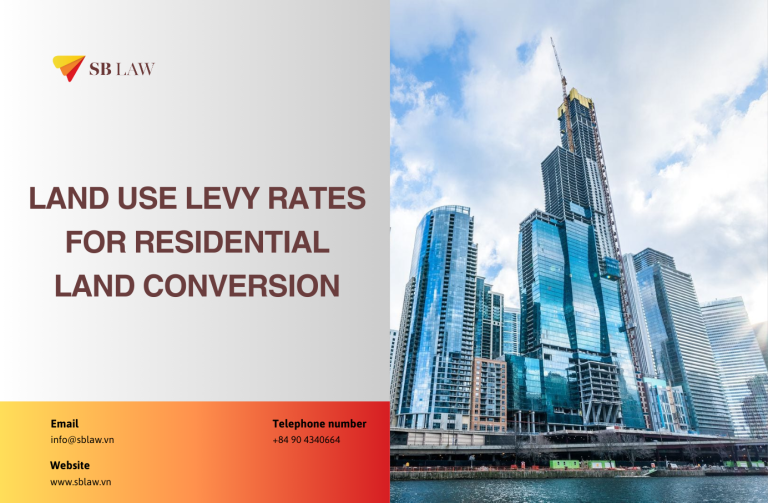Question:
Currently, our company is researching to deploy e-documents and e-contracts with employees. I asked the lawyer to advise on the law, whether the use of the above documents is reasonable and whether there is anything to note when using them for the parties and inspect if necessary
Answer:
Participating Parties' voluntary agreement to enter into the above documents and contracts via electronic means is completely in accordance with the law and has the same value as regular paper documents. (hereinafter referred to as “e-contract”) pursuant to Article 33, 34, 35 Law on E-transactions 2005, Article 14 Labor Code 2019 and Civil Code 2015. Accordingly, an e-contract is a form of contract, with the same legal value as a written contract.
Participating Parties' voluntary agreement to enter into the above documents and contracts via electronic means is completely in accordance with the law and has the same value as regular paper documents.
Notes when using eletronic means to enter into contracts:
+ Participating parties need to reach agreement on the use of electronic means in the entry into and execution of contracts.
+ Participating parties need to reach agreement on the technical requirements, certification, conditions to ensure the integrity and confidentially related to such e-contracts.
+ Participating parties need to reach agreement on the receipt, sending; time of receiving, sending in entering into and execution of e-contracts (pursuant to Article 17, 18, 19 and 20 Law on E-transactions 2005).
“Article 17. Time and place of sending a data message
Unless otherwise agreed upon by the parties to a transaction, the time and place of sending a data message is provided for as follows:
- The time of sending a data message is the point of time when such data message enters an information system outside the control of the originator;
- The place of sending a data message is the headquarters of the originator if the originator is an agency or organization or the residence of the originator if the originator is an individual. If the originator has more than one headquarters, the place of sending the data message is the one which has the closest relationship with the transaction.
Article 18. Receipt of a data message
- The recipient of a data message is the person who is designated to receive the data message from its originator but does not mean any intermediary transmitting such data message.
- Unless otherwise agreed upon by the parties to the transaction, the receipt of a data message is provided for as follows:
- a) The recipient of a data message is deemed in receipt of such message if the message is entered into an information system designated by the recipient and accessible;
- b) The recipient has the right to consider each data message received an independent one unless such data message is a copy of another data message and the recipient knows or ought to know that it is a copy;
- c) Where the originator has required or agreed with the recipient before or during the sending of a data message that the recipient must send an acknowledgement of the receipt of such data message, the recipient must comply with such request or agreement;
- d) Where the originator, before or during the sending of a data message, has stated that such data message will be valid only when the originator receives an acknowledgement, such data message shall be considered having not been sent till the originator receives a written acknowledgement of the receipt of such data message from the recipient;
- e) Where the originator has already sent a data message without stating that the recipient must send an acknowledgement and has not yet received the acknowledgement, the originator may notify the recipient that no acknowledgement has been received and set a reasonable duration for the recipient to send the acknowledgement. If the originator still fails to receive any acknowledgement within the specified duration, the originator has the right to treat the data message as though it had never been sent.
Article 19. Time and place of receiving a data message
Unless otherwise agreed upon by the parties to the transaction, the time and place of receiving a data message are provided for as follows:
- If the recipient has designated an information system for receiving a data message, the message-receiving time shall be the time when the data message enters the designated information system; if the recipient has not designated a specific information system for receiving the data message, the message-receiving time shall be the time when the data message enters any information system of the recipient.
- The place of receiving a data message shall be the headquarters of the recipient if the recipient is an organization or the permanent residence of the recipient if the recipient is an individual. If the recipient has more than one headquarters, the place of receiving the data message shall be the headquarters which has the closest relationship with the transaction.
Article 20. Automatic sending and receipt of data messages
If the originator or the recipient has designated one or several information systems for the purpose of automatic sending or receipt of data messages, the provisions of Articles 16, 17, 18 and 19 of this Law shall apply.”
+ Notes about signatures on e-contracts: E-signatures can be established in the form of words, letters, numerals, symbols, sounds and other forms by electronic means. E-signatures include: digital signatures, image signatures, scanned signatures and other e-signatures.
+ The Company should have system software applications to create, store, check, use when necessary and for inspection, examination by State Agencies.




